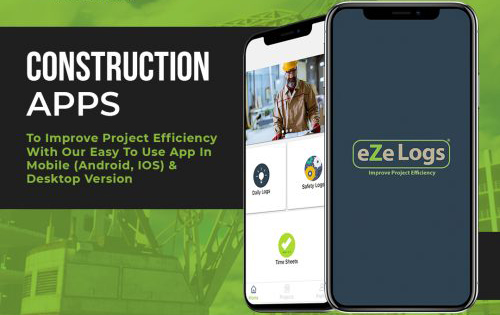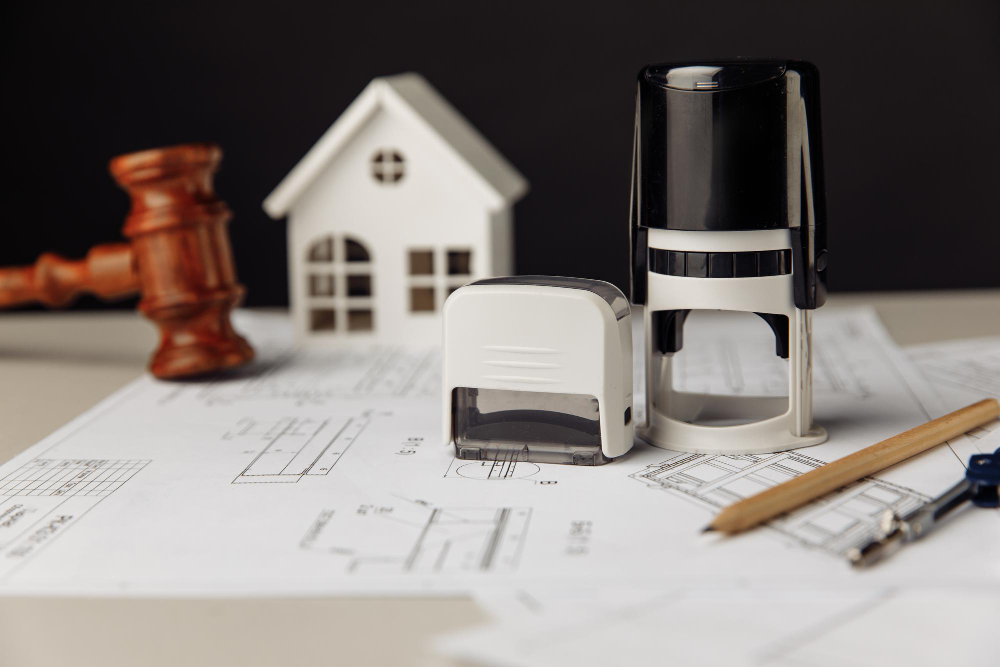Quality construction is the result of meticulous planning, skilled labor, and rigorous oversight. Among these, site inspections play a crucial role in ensuring that the project meets the required standards. Conducting effective site inspections not only helps in maintaining quality but also in identifying potential issues before they escalate. Here’s how to carry out site inspections that lead to successful project outcomes.

Preparing for Site Inspections
Thorough preparation is essential for an effective site inspection. Without proper planning, inspections can become rushed or incomplete, leading to missed issues that could impact the project’s quality.
- Develop an Inspection Checklist: Before conducting a site inspection, create a detailed checklist that outlines all the critical aspects to be reviewed. This checklist should cover structural elements, materials, safety measures, and compliance with building codes. A well-organized checklist ensures that no important details are overlooked.
- Review Project Plans and Specifications: Familiarize yourself with the project’s plans, specifications, and any recent changes. Understanding the project’s scope and objectives will guide the inspection process and help in assessing whether the work aligns with the initial plans.
- Schedule Inspections at Key Milestones: Site inspections should be conducted at critical stages of the project, such as foundation pouring, framing, and electrical installations. Scheduling inspections at these milestones allows for timely identification of issues, preventing costly rework later in the project.
Conducting the Inspection
The actual process of conducting the site inspection is where the groundwork laid during the preparation phase comes into play. Attention to detail and systematic evaluation are key.
- Begin with a Walkthrough: Start the inspection with a general walkthrough of the site. This initial overview allows you to observe the overall progress, note any visible issues, and assess the work environment. During the walkthrough, take note of any safety concerns that need immediate attention.
- Focus on Critical Areas: During the detailed inspection, focus on areas that are critical to the project’s integrity and quality. This might include structural components, waterproofing, and mechanical installations. Ensure that these elements meet the required standards and are in line with the project specifications.
- Engage with On-Site Personnel: While conducting the inspection, engage with the workers and supervisors on-site. Their insights can provide valuable context and may highlight areas of concern that aren’t immediately visible. Open communication with the site team also fosters a collaborative approach to quality control.
Documenting Findings
Thorough documentation is an integral part of site inspections. Proper records ensure that all observations are tracked and addressed in a timely manner.
- Record Detailed Notes: As you go through the site, take detailed notes on your observations. Document any deviations from the project plans, quality concerns, or safety issues. Be specific in your descriptions, noting the exact location and nature of the problem.
- Photographic Evidence: Supplement your written notes with photographs. Visual documentation is especially useful for illustrating issues that may be disputed or need further clarification. Photos can also be shared with the project team to ensure everyone is aware of the inspection findings.
- Use Digital Tools for Reporting: Consider using digital inspection tools or software that streamline the documentation process. These tools allow for real-time reporting, easy sharing of information, and better organization of inspection records.
Addressing Issues Identified During Inspections
Identifying issues during site inspections is only half the battle; the next step is to ensure that they are addressed promptly and effectively.
- Prioritize Action Items: Once the inspection is complete, prioritize the issues based on their severity and potential impact on the project. Immediate attention should be given to any safety concerns or structural deficiencies that could jeopardize the project.
- Communicate Findings to Stakeholders: Share the inspection findings with all relevant stakeholders, including the project manager, site supervisor, and client. Clear communication ensures that everyone is aware of the issues and the steps needed to resolve them.
- Follow Up on Corrective Actions: After the issues have been communicated, follow up to ensure that corrective actions are taken. Schedule a re-inspection if necessary to verify that the issues have been resolved satisfactorily.
Site Inspections and Quality Assurance
Effective site inspections are a critical component of a broader quality assurance strategy. Integrating inspections into the overall quality management process helps in maintaining high standards throughout the construction project.
- Implement Regular Quality Audits: In addition to scheduled inspections, consider conducting regular quality audits. These audits go beyond routine checks and provide a comprehensive review of the project’s adherence to quality standards.
- Coordinate with Quality Control Teams: Collaborate with the project’s quality control teams to ensure that the inspection process aligns with the overall quality objectives. Joint efforts between inspectors and quality control personnel lead to more thorough oversight and better project outcomes.
- Use Inspections to Improve Processes: Use the findings from site inspections to inform process improvements. Identifying recurring issues can highlight areas where the construction process may need to be adjusted or where additional training for workers might be beneficial.
Continuous Improvement Through Inspections
Site inspections should not be seen as a one-time task but as part of an ongoing effort to improve construction quality and efficiency. Continuous improvement is achieved by learning from each inspection and applying those lessons to future projects.
- Review Inspection Results Periodically: Periodically review the results of past inspections to identify trends and common issues. This review can help in refining the inspection process and addressing systemic problems within the construction process.
- Incorporate Feedback into Future Projects: The insights gained from site inspections should be incorporated into future projects. This could involve updating the inspection checklist, adjusting quality control measures, or revising project plans to avoid issues that have arisen in the past.
- Train Inspectors and Site Personnel: Ongoing training for inspectors and site personnel ensures that they are equipped with the latest knowledge and skills. Training helps in improving the effectiveness of inspections and contributes to the overall quality of the project.
By adhering to these best practices for conducting site inspections, construction managers can ensure that their projects are executed with the highest levels of quality and safety.


